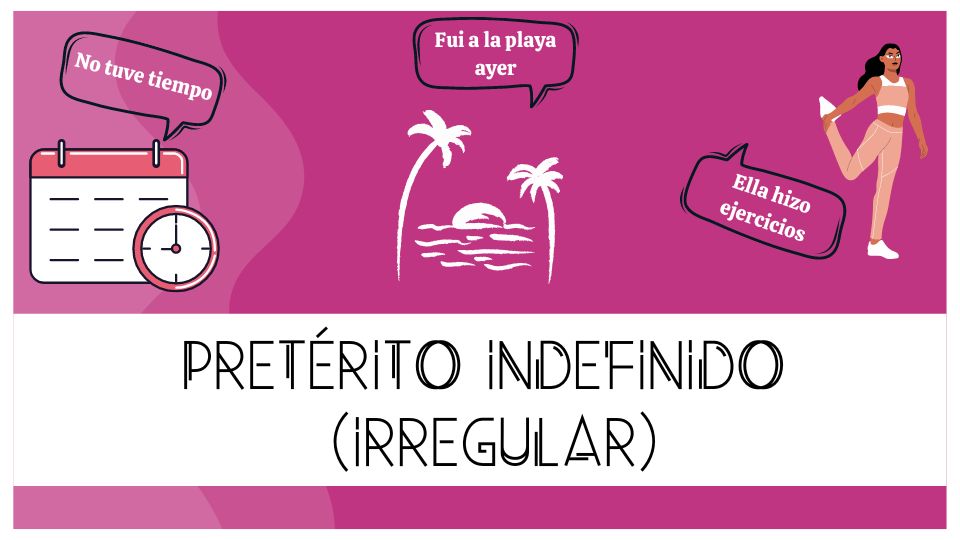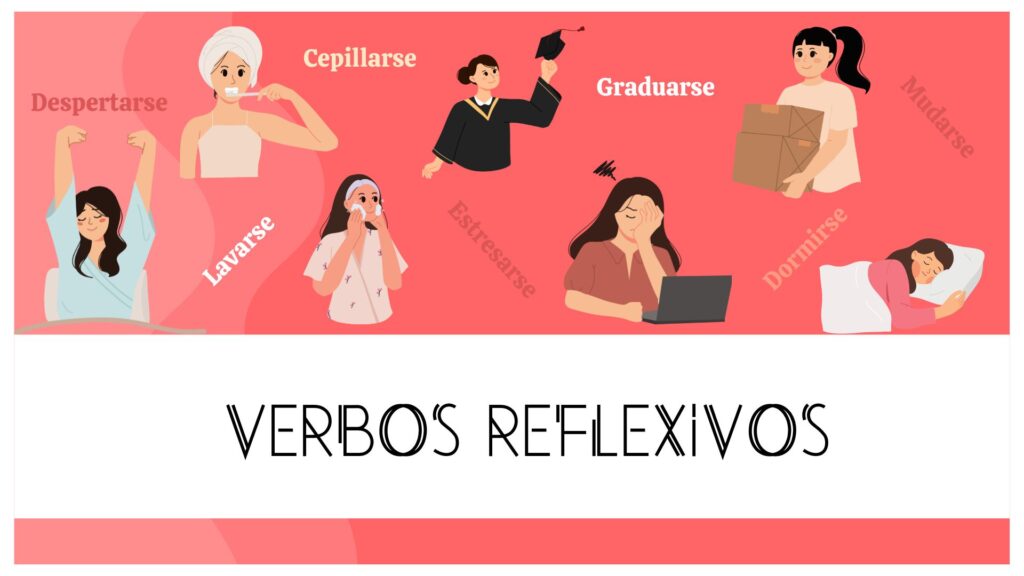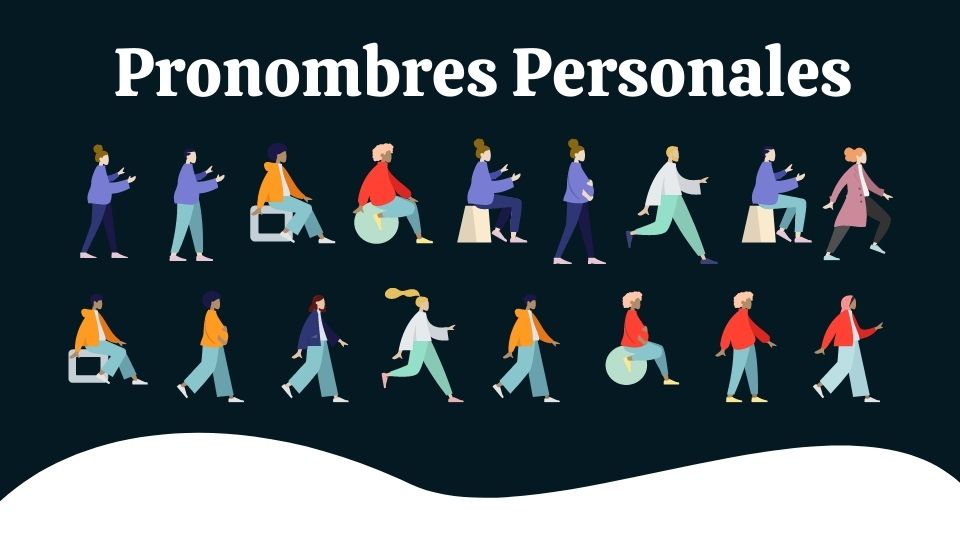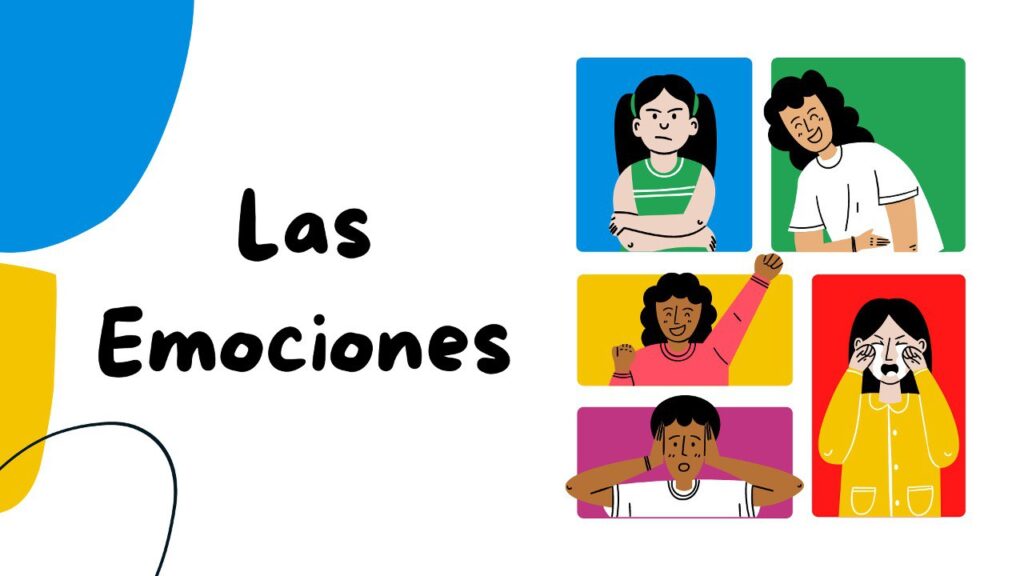Simple past in Spanish: How to conjugate Irregular verbs


The simple past tense in Spanish is used to describe past actions that were performed at a specific time and have already been completed. Irregular verbs of the simple past are those that do not follow the regular rules of conjugation for this tense. These verbs can have a different conjugation for each grammatical person, […]
How to create sentences using reflexive verbs in Spanish


reflexive verbs
Numbers: Learn to pronounce and write them


numbers in spanosh
Guide to choosing the correct demonstrative in Spanish


Demonstrative pronouns are the words we use to refer to a noun according to its physical or temporal distance, they also agree in gender and number with the noun they refer to. Before choosing the right demonstrative we have to ask ourselves 3 questions: Note: When we do not name the noun in the sentence […]
IR A From Present to Future Tense


In Spanish, we have a very simple and basic structure that we use to speak in future tense. It is the structure ir a (conjugated in the present tense) + verb in the infinitive. This structure can be used with different time frames that refer to the future, such as: Esta tarde, mañana, la próxima […]
Spanish Present Tense Made Easy: Regular Verbs


Regular Spanish verbs form a fundamental part of Spanish grammar and communication. They are those that follow predictable patterns when conjugated in different verb tenses. Most Spanish verbs are regular, which facilitates their learning and use. Here you are going to find different activities to practice regular verbs in present tense. Uses of the present […]
Exploring Third Person Direct Objects: Spanish Made Easy


objeto directo
lo, la, los, las
Spanish Grammar Made Easy: Exploring the Uses of ‘Por’ and ‘Para’


Because we know that using Por and Para has been a pain in the neck here we bring you the uses and some activities that can help you understand how to use them. The confusion is understandable because when translated into English, the prepositions por and para can have different meanings, among them “for”, “to”, […]
Spanish Personal Pronouns Made Easy: A Comprehensive Overview


When we want to refer to something or someone without saying their name, we can use personal pronouns. That is to say, personal pronouns can substitute the name of a person or an object and it is important to know them in order to be able to conjugate verbs in a correct way. Through engaging […]
Understanding and Expressing Emotions in Spanish: A Complete Resource


Emotions are an integral part of the human experience, shaping our interactions, perceptions, and overall well-being. Emotions encompass a wide range of feelings that arise in response to various stimuli, such as events, thoughts, or experiences. In this exploration, we will delve into the vocabulary and expressions used to describe emotions in the Spanish language. […]